Cranial Electrotherapy Stimulation (CES)
Cranial Electrotherapy Stimulation Defined
(CES)
What Is Cranial Electrotherapy Stimulation?
Cranial Electrotherapy Stimulation (CES) is a form of neuromodulation that uses small, pulsed electrical currents applied to the head to treat various medical conditions. CES involves the application of low-level electrical currents, typically through electrodes placed on the earlobes, temples, or behind the ears. These currents are usually in the microampere to milliampere range, which is much lower than the currents used in other electrotherapy techniques.
CES is generally considered safe with minimal side effects, which may include mild headaches, dizziness, or skin irritation at the electrode sites. It is non-invasive and typically used as an adjunctive treatment alongside other therapies or medications.
What Does CES Treat?
The electrical stimulation of CES is believed to influence neurotransmitter levels, such as serotonin, dopamine, and endorphins, which can help regulate mood, sleep, and pain perception. It is used as an adjunctive treatment for:
Anxiety
Depression
Insomnia
Chronic Pain
CES Mechanism of Action
The exact physiological mechanisms of CES are still being explored. CES delivers low-level electrical currents, typically in the microampere to milliampere range, through a pair of electrodes affixed to the head. These are thought to induce changes in neurohormones and neurotransmitters, such as increasing beta endorphins and reducing cortisol.
Is CES FDA Approved?
Various brands and models of CES devices are available, and they are used both in clinical settings and for at-home treatments under medical supervision. CES is FDA-approved to treat the following conditions:
Anxiety
Depression
Insomnia
While some studies and clinical trials have shown positive results, the overall efficacy of CES remains a topic of debate in the medical community. Further research is needed to fully understand its mechanisms and long-term benefits.
Can CES Treat Alzheimer’s?
Research into the use of CES for Alzheimer’s disease is ongoing. Trials are exploring its impact on neurotransmitters as a method of improving cognitive function and slowing cognitive decline.
-
Due to its positive effects on sleep in patients with depression or dementia, Some studies have focused on CES’s ability to impact rest-activity rhythms and cortisol levels.
-
The small pulses of electric current in CES modulate neurotransmitter levels and are thought to influence cognitive functions
-
Ongoing trials are assessing the efficacy of CES in improving cognitive function and slowing cognitive decline in Alzheimer’s disease.
How does CES compare to TEMT-RF?
Cranial Electrotherapy Stimulation (CES) and Transcranial Electromagnetic Treatment with Radio Frequencies (TEMT-RF) are not directly competitive technologies, although they share some similarities as non-invasive neuromodulation treatments for neurological and psychiatric conditions.
TEMT-RF uses ultra-high frequency radio waves to modulate brain function and cellular activity delivered through a non-invasive wearable headset.
Cranial Electrotherapy Stimulation (CES) uses low-level electrical impulses to regulate mood, sleep, and pain perception delivered through electrodes affixed to the skin.
Learn more about Cranial Electrotherapy Stimulation (CES)
Cranial Electrotherapy Stimulation Research
Alzheimer’s Disease Research
Other Research
Cranial Electrotherapy Stimulation in the Treatment of Posttraumatic Stress Disorder (CES)
External links are provided for reference only and do not imply affiliation, endorsement, or recommendation by NeuroEM Therapeutics. NeuroEM is not responsible for the content, accuracy, or claims made on external sites. All trademarks and copyrights are the property of their respective owners.

